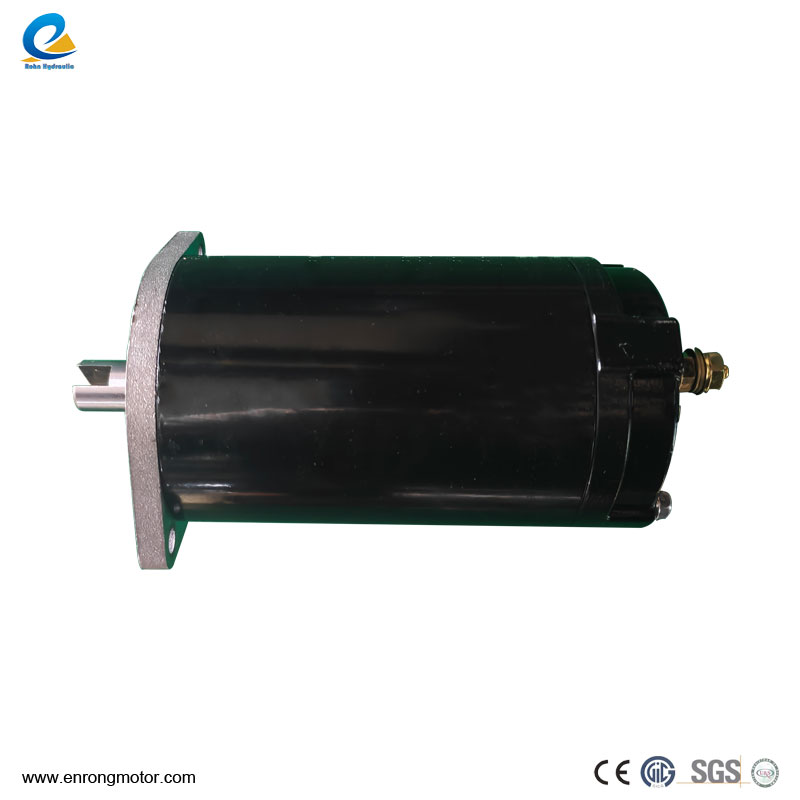Types of Hydraulic Fittings
2024-06-06
Hydraulic fittings are components used to connect hydraulic hoses, tubes, and pipes in hydraulic systems. They play a critical role in controlling and directing the flow of hydraulic fluid between various components such as pumps, cylinders, valves, and actuators. Here's an overview of hydraulic fittings:
Types of Hydraulic Fittings
1. Threaded Fittings: These fittings have male or female threads that allow them to be screwed onto corresponding threaded ports. Common thread types include NPT (National Pipe Thread), BSP (British Standard Pipe), JIC (Joint Industry Council), and SAE (Society of Automotive Engineers).
2. Flared Fittings: Flared fittings have a conical seat that forms a tight seal when connected to a mating flared tube or hose end. They are commonly used in high-pressure applications and are known for their reliability and leak resistance.
3. Compression Fittings: Compression fittings use compression rings or ferrules to secure the fitting onto the tube or hose. They provide a secure and leak-proof connection and are often used in instrumentation and low-pressure hydraulic systems.
4. Quick Disconnect Couplings: These fittings allow for quick and easy connection and disconnection of hydraulic lines without the need for tools. They are commonly used in applications requiring frequent coupling and uncoupling, such as mobile equipment and hydraulic tools.
5. Banjo Fittings: Banjo fittings feature a hollow bolt with a hole drilled through the center and a banjo bolt that passes through the hole. They are used in applications where space is limited or where a flexible hose connection is required.
6. Hydraulic Adapters: Adapters are used to connect fittings with different thread types or sizes. They allow for compatibility between different components in the hydraulic system and enable the construction of custom hose assemblies.
Materials and Construction
1. Steel: Steel is the most common material used for hydraulic fittings due to its strength, durability, and resistance to corrosion. Carbon steel, stainless steel, and alloy steel are commonly used in hydraulic fittings.
2. Brass: Brass fittings are used in low-pressure hydraulic systems and applications requiring good corrosion resistance and conductivity. They are often used in instrumentation and pneumatic systems.
3. Aluminum: Aluminum fittings are lightweight and corrosion-resistant, making them suitable for applications where weight is a concern or where exposure to corrosive environments is limited.
4. Plastics: Some hydraulic fittings are made from plastics such as nylon, polyethylene, or acetal. These fittings are lightweight, cost-effective, and suitable for non-critical applications or where corrosion resistance is not required.
Installation and Maintenance
1. Proper Assembly: Hydraulic fittings should be assembled according to the manufacturer's specifications, ensuring that threads are properly lubricated and tightened to the recommended torque.
2. Leak Testing: After installation, hydraulic systems should be thoroughly tested for leaks using pressure testing equipment. Any leaks should be identified and repaired promptly to prevent loss of hydraulic fluid and system performance.
3. Regular Inspection: Hydraulic fittings should be inspected regularly for signs of wear, corrosion, or damage. Damaged fittings should be replaced immediately to prevent system failure and downtime.
4. Proper Storage: Spare hydraulic fittings should be stored in a clean, dry environment away from moisture, dirt, and contaminants. Proper storage helps prevent corrosion and ensures that fittings are ready for use when needed.
Conclusion
Hydraulic fittings are essential components in hydraulic systems, providing connections between hoses, tubes, and pipes to enable the transfer of hydraulic fluid. With a wide range of types, materials, and construction options available, hydraulic fittings can be tailored to meet the specific requirements of different applications and industries. Proper selection, installation, and maintenance of hydraulic fittings are crucial for ensuring the reliability, efficiency, and safety of hydraulic systems.



